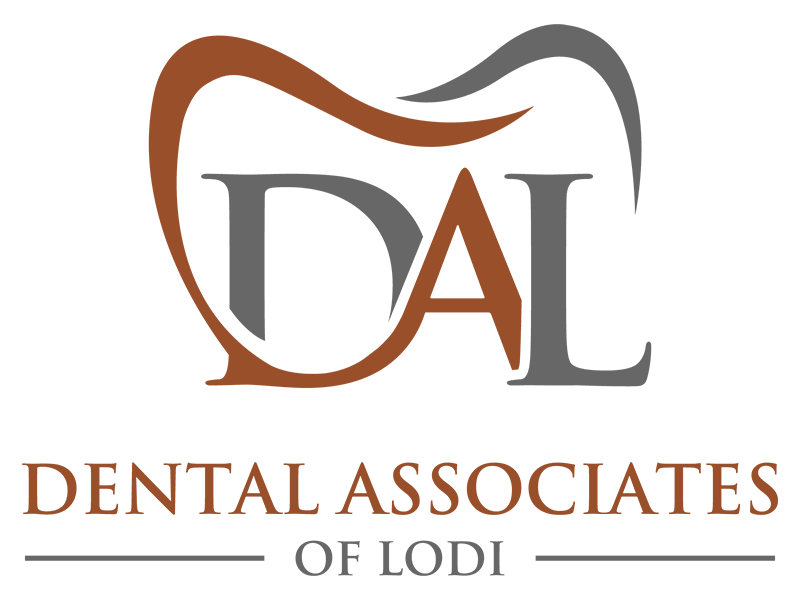Composite bonding is an alternative and inexpensive way to enhance your smile in just a single appointment. In this simple procedure, we use a putty-like resin to reshape teeth, cover discoloration, or fill in gaps or chips. Composite bonding is durable and aesthetic, and it has become extremely popular. Like any dental procedure, though, it is not right for everyone. Here is what you should know.
How Is Composite Bonding Performed?
First, we condition your teeth a bit and coat them in a liquid that helps the resin stick. We then apply the bonding material and mold and shape it by hand. Next, we use a specialized curing light to harden the resin, and then perform final trimming and shaping as needed. Finally, we carefully polish the material until it matches the sheen of your natural teeth. In most cases, we can perform the entire process in one appointment without anesthesia. Particularly complex issues could require a second visit.
Composite Bonding vs. Veneers
Porcelain veneers are thin shells of dental porcelain that fit over your natural teeth. They are quite durable and stain resistant, but they are more expensive than composite bonding. In addition, porcelain veneers are created in a dental lab, so you must have impressions taken and then return for a second visit to have them placed. Veneers also require us to remove some healthy tooth structure, potentially weakening the tooth and placing it at higher risk for cracking or decay.
Advantages of Composite Bonding
Composite bonding’s two main advantages are the minimal time commitment and the low price. Bonding is typically performed in a single visit, and bonding resin is far less costly than dental porcelain. Additionally, if bonding cracks, it can often be repaired, while cracked veneers normally need to be replaced. Finally, composite bonding retains nearly all of the healthy tooth structure, reducing the risk of future problems with the tooth.
Disadvantages of Composite Bonding
Composite bonding does have a few disadvantages. Primarily, it simply cannot cover as much damage as porcelain veneers. Bonding typically looks fake when trying to cover a wide gap, and it can be difficult to cleanly hide extensive dental damage. Since porcelain veneers slip over the teeth, they are a better choice for large gaps and severe damage.
In addition, composite bonding is not as long-lasting as porcelain veneers. While it could last for 15 years with excellent care, even chewing on pens or biting your nails can cause bonding to weaken. Fortunately, failed bonding is generally quick and inexpensive to repair.
Bonding is not as stain resistant as veneers. Completely avoid tea, coffee, red wine, and other known tooth-staining products for 48 hours. After that time, brush your teeth as soon as possible after consuming a potential stain producer.
While bonding can create a highly aesthetic and seamless blend with your existing teeth, dental resin simply does not match the translucence and sheen of natural teeth. If it is important for your teeth to be perfectly white, straight, even, and of the highest aesthetic quality, you may prefer dental veneers.
No single dental procedure is right for everyone. If you are committed to having a perfect Hollywood smile, or if you have extensive damage, porcelain veneers may be a better choice. If you are looking for a quick and inexpensive way to dramatically improve your smile, composite bonding might be right for you. We will assess the current condition of your teeth, along with your treatment goals, and help you decide which is the best choice for you.
Ready to Get Started?
If you are in Lodi, and you are ready to learn how composite bonding could change your life, please contact Dental Associates of Lodi today at (862) 247-8030 to schedule your free consultation.


